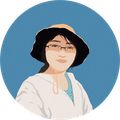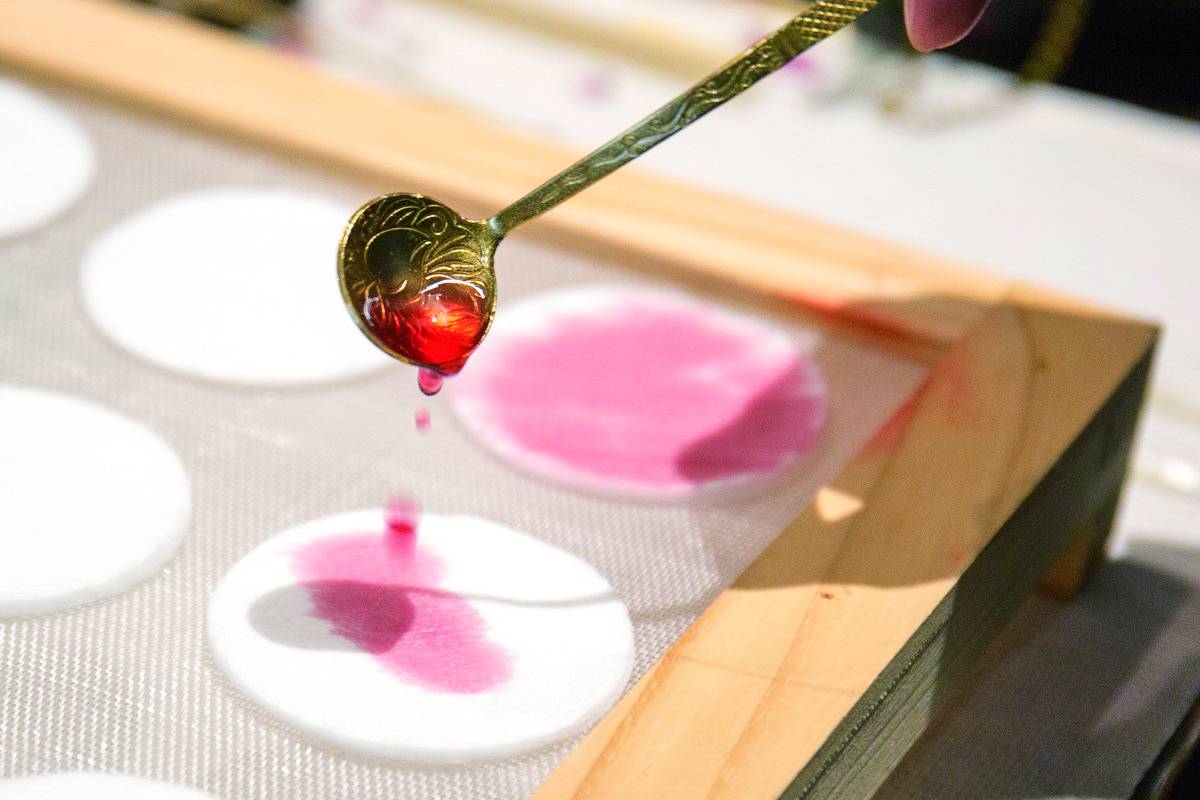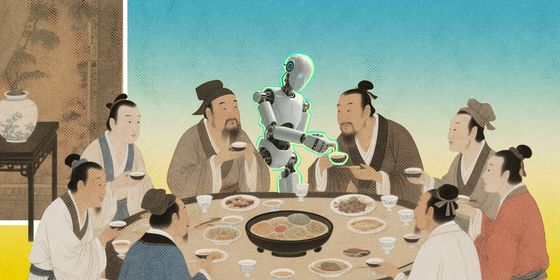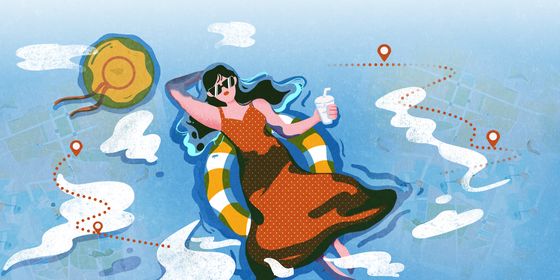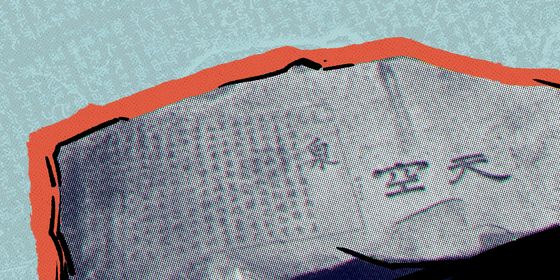A guide to ancient beauty and cosmetics in the Tang dynasty
Hey gorgeous, welcome to Concubine Yang Guifei’s beauty channel! Streaming to you live from the Great Tang Empire (618 – 907), I’m privileged to be living not only at the zenith of Chinese civilization, but in an era that painted a magnificent chapter on cosmetics—so today, we are going to have a look at how I do my makeup in the morning.
Let us begin by cleansing our face with bath beans (澡豆). This is a bar-shaped soap made by mixing soy bean powder, spices, and medicinal herbs, which not only cleans but nourishes the skin. “Face and hand cream, clothing incense, and bathing beans are all essentials of nobles and officials,” wrote Sun Simiao (孙思邈), a doctor of the Tang dynasty, in his book on Chinese medicine Treasured Prescription.
Next, apply your foundation. I use a type of white face powder made by exposing lead to vinegar. Another type, using a rice-flour base mixed with ointment, is far safer, or so I’ve been told. Either way, it helps make my face shiny and flawless. Whitening products are called qianhua (铅华) in my period, referring to their lead content. The idiom “Wash away all qianhua (洗尽铅华),” literally meaning no longer wearing makeup, is a metaphor for women who’ve decided to abandon a life of luxury.
Rouge is a must-have for tinting our cheeks and lips. The earliest form of rouge, dating from the Shang dynasty (1600 – 1046 BCE), was made from the juice extracted from red and blue flowers. In the Tang dynasty, we refine red pigment from flowers with extra ingredients, such as beeswax and animal fat, to make the product denser.
Heavy rouge is the fashion style of my period, usually covering the cheek from the temple to the jawline. Right now, a style called “red clouds at dawn (晓霞妆)” or “slanting red (斜红)” is all the rage. It is associated with a legend about a concubine of Cao Pi (曹丕), Emperor Wen of the Wei State in the Three Kingdoms period (220 – 280), who accidentally bruised her face on a crystal screen. This left a rosy cloud-like mark on her face, but she was still favored by the emperor. Now, my sisters and I all copy her style.
Eyebrow-drawing is the most demanding part of the Tang makeup regimen. Luckily, I have a reputation for setting trends when it comes to sculpting brows. In my era, women typically shave off their eyebrows for easier face-makeup application. A bluish-black pigment made from charred willow is used to draw creative brow shapes: drooped-tail brows, or daimei (黛眉); long, fine brows, or emei (娥眉); short and thick guangmei (广眉); and “ba-shaped brows” that resemble the Chinese character “eight (八).” Emperor Xuanzong has even asked painters to illustrate ten eyebrow shapes worn by me, his favorite concubine, to standardize eyebrow styles among high-class ladies—be sure to click “Subscribe” on my channel so you learn all about them in my next broadcast.
Now, it’s glow time! A dash of yellow pigment on the middle of the forehead, or ehuang (额黄), is a good option for highlighting the face. Also known as “Buddha’s make-up,” the yellow dusting was largely influenced by the spread of Buddhism in China during the Northern and Southern Dynasties (420 – 589). It was inspired by the golden color of Buddha statues, and believed to be auspicious. “Take some yellow-tipped stamens to decorate the forehead,” wrote Wen Tingyun (温庭筠), a Tang poet, referring to a skin highlighter possibly made of pollen.
You can complement ehuang by wearing a huadian (花钿), or ornamental forehead markings. This is usually a floral pattern painted or stuck onto the forehead. Its invention is attributed to Princess Shouyang (寿阳) of the Southern Dynasties (420 – 479). According to the Imperial Overview from Taiping, the first large encyclopedia of ancient China, a plum blossom once fell on the princess’s forehead while she napped under a tree, and she wore it for three days before the petals could be washed off. Somehow, the petal marks remained, and set the trend.
Huadian are usually painted on with rouge, but we’ve seen some fads at court for wearing pre-cut huadian made of gold, paper, bird feathers, or even fish scales; and in various patterns, such as birds. To finish your face, apply a spot of mianye (面靥), or dimples, to your cheeks. These are two small dots painted with rouge on either side of lips.
We’re not done yet! Painting the lips is the final touch to my routine. A typical lipstick of the Tang dynasty is made of beewax coupled with cinnabar, purple grass, and spices. Instead of coloring the full lips, apply a big red dot first on the lower lip, then paint the upper lip in a pointed shape, and cover the rest with powder to leave a striking pout. Out of all the lip patterns, the cherry lip is the most popular. “Fan Su has a rosy mouth like a cherry,” goes a poem by Meng Qi (孟棨) about a courtesan in the household of poet Bai Juyi (白居易).
Congratulations! You’ve got what it takes to look like me, the number-one beauty influencer of the Tang dynasty. What are you waiting for? Follow the product links in my profile page, and buy, buy, buy!
Skin Deep is a story from our issue, “Rural Rising.” To read the entire issue, become a subscriber and receive the full magazine.






